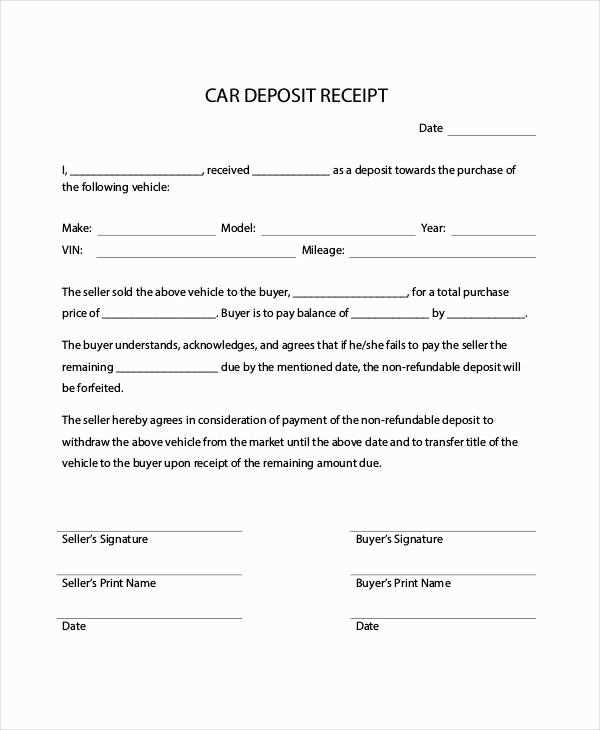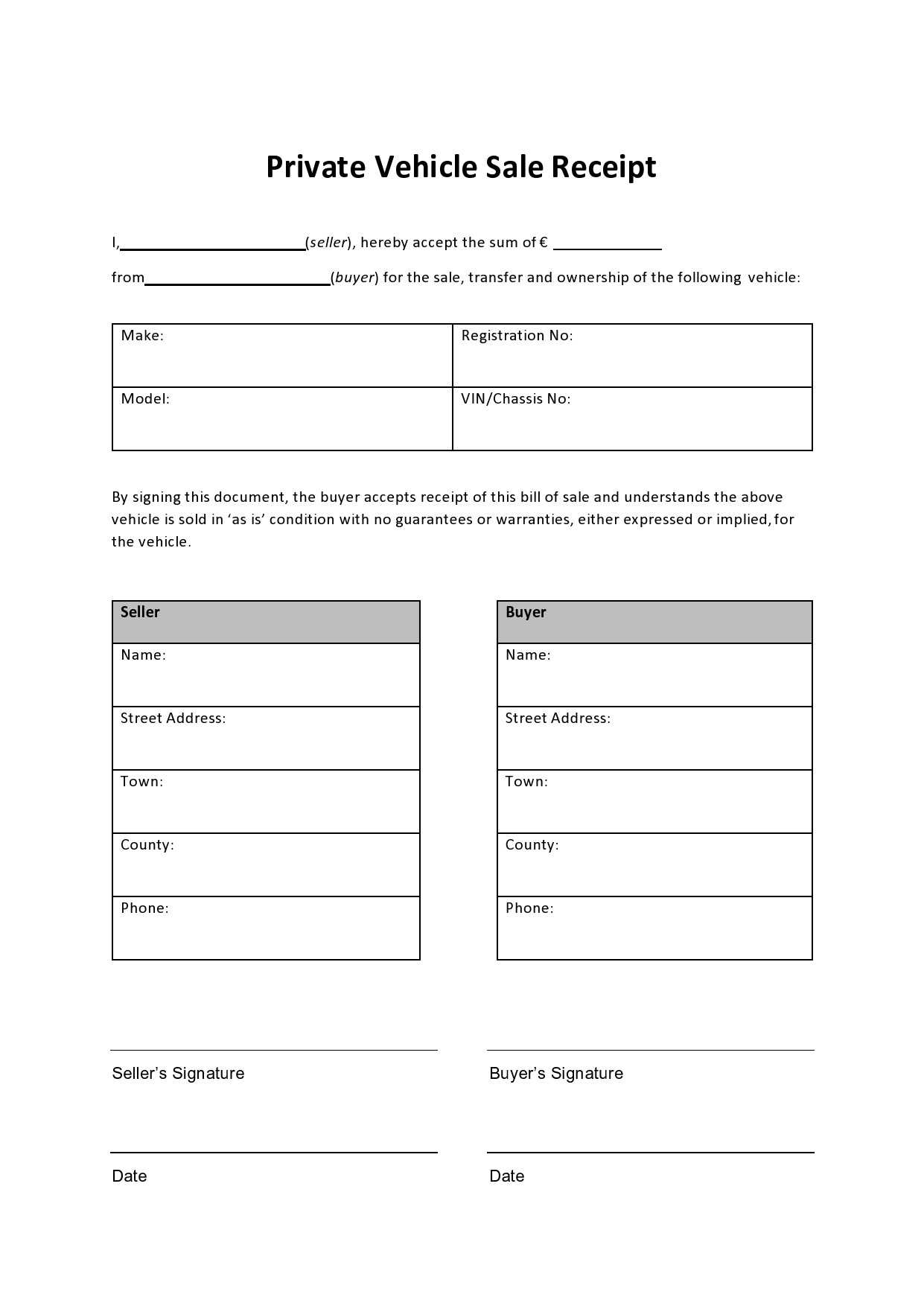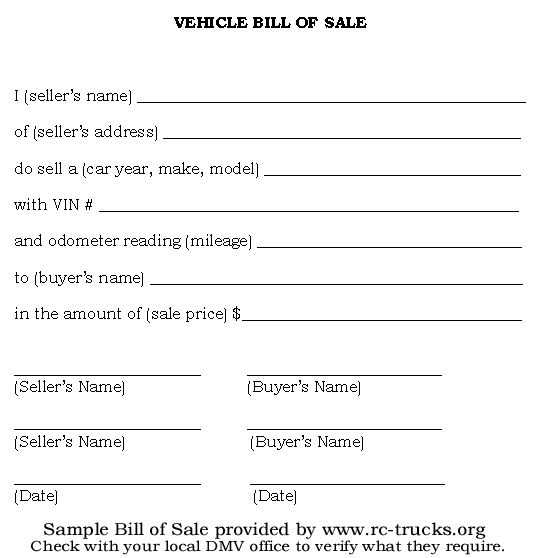
When selling a car privately, a receipt protects both parties and provides clear proof of the transaction. It’s vital to include specific details to ensure everything is transparent and legally sound.
Start by including the full names and addresses of both the seller and buyer. This helps avoid any confusion if the need for verification arises later. Clearly list the make, model, year, Vehicle Identification Number (VIN), and current mileage of the car. These are key identifiers that establish the vehicle in question.
Next, document the sale price agreed upon, along with the payment method used. If any deposits were made beforehand, make sure to indicate this. A signature from both parties confirms that the transaction terms have been accepted, ensuring mutual understanding and agreement.
Lastly, provide space for any warranties or disclaimers regarding the condition of the car. This protects the seller in case of any future disputes. This template should be kept simple but thorough, providing all the necessary details without overcomplicating the process.
Receipt Template for Selling a Car Privately
Make the transaction smooth by creating a clear receipt. Ensure both buyer and seller are protected by including all necessary details in the document. A receipt serves as proof of sale and confirms the transfer of ownership.
Key Details to Include
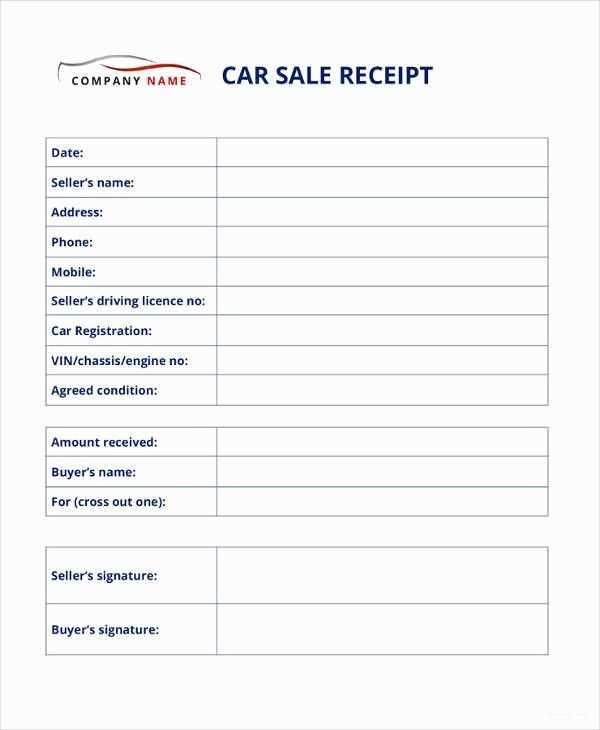
Start with the date of the sale, the full names and addresses of both parties, and the vehicle’s identification number (VIN). Clearly list the make, model, year, and color of the car. Specify the agreed sale price and the payment method used (e.g., cash, bank transfer). Don’t forget to note any additional conditions, such as whether the car is sold “as is” or with warranties.
Signatures and Acknowledgements
Both parties should sign the receipt to confirm the sale. The seller should also acknowledge that the car is free from liens and debts. It’s helpful to include a space for the buyer’s signature, as well as the seller’s. Having both parties sign helps avoid disputes later on.
Gathering Required Information for the Receipt
Ensure you have accurate details about the car and the transaction. Begin by noting the full name and contact information of both the seller and the buyer. This helps establish the parties involved in the sale. Collect the car’s identification number (VIN), make, model, year, and current mileage. Double-check these details to avoid any discrepancies later.
Vehicle and Transaction Details
Record the date of sale and the agreed sale price. Clarify the payment method used, such as cash, check, or electronic transfer. If there are any special conditions, such as a deposit or installment plan, include those in the receipt as well. Keep all transaction-related documents on hand for reference.
Seller’s Signature and Date
End the receipt with the seller’s signature, confirming the transfer of ownership, along with the date the receipt was issued. This formalizes the sale and protects both parties in case of future disputes.
Including Seller and Buyer Details
Include full names, addresses, and contact information for both the seller and the buyer. This ensures clarity and helps prevent misunderstandings later. Make sure to use accurate and up-to-date data for both parties.
- Seller’s Information: Full name, address, and phone number. If the seller is a business, include the business name and any relevant registration numbers.
- Buyer’s Information: Full name, address, and phone number. Ensure the buyer’s details are correctly spelled and match the information on their ID.
Additionally, both parties should provide their signature to validate the document. This confirms the agreement and protects both sides in case of a dispute. Make sure both signatures are legible.
Double-check that the date is accurate and clearly stated to avoid confusion about the transaction timeline.
Stating Vehicle Information Clearly
Provide the car’s make, model, and year right at the beginning. This helps the buyer quickly understand the type of vehicle being sold. For example, “2015 Honda Civic” is clear and direct.
Next, include the Vehicle Identification Number (VIN). It’s unique to each vehicle and proves its authenticity. Place it in a prominent spot, as it is vital for registration and verification purposes.
Specify the vehicle’s mileage. Indicate whether it’s the original or has been adjusted. Accuracy here is key, as this number plays a role in the car’s value.
List the vehicle’s color, trim, and condition (both interior and exterior). Buyers appreciate transparency about the car’s appearance. Be specific about any imperfections, such as scratches, dents, or upholstery wear, to avoid future disputes.
If applicable, mention any modifications or added features like new tires, a premium sound system, or a recently installed sunroof. This can make the vehicle more appealing to the buyer.
Establishing Payment Terms and Amount
Clearly outline the payment terms to avoid any confusion during the sale. Specify the total amount for the vehicle and break it down if necessary, such as for any additional fees or taxes. Set a firm deadline for payment completion, whether it’s a lump sum or installment payments. If accepting partial payments, mention the schedule and the method for each transaction.
Payment Methods
State the accepted forms of payment–bank transfer, cashier’s check, or another secure method. Avoid cash for large amounts as it lacks traceability. Always verify the authenticity of any payment method to ensure that funds are cleared before handing over the vehicle.
Late Payment and Penalties
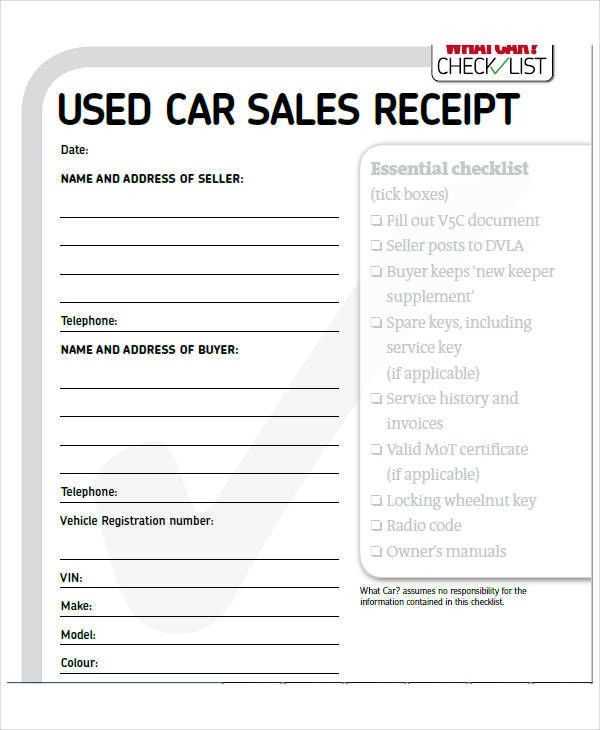
In case of delayed payment, establish a clear penalty structure. For instance, include a late fee after a certain number of days. Ensure that both parties understand the consequences of missed deadlines, which helps in managing expectations effectively.
Outlining Any Conditions of the Sale
Clearly state any terms that apply to the sale. Both parties should agree to these conditions before proceeding with the transaction.
Payment Method and Timing
Specify how the payment will be made. Indicate if the sale requires a deposit and when the full amount must be paid. Common payment methods include bank transfers, certified checks, or cash. Agree on a specific date for payment completion.
Vehicle Condition and Warranty
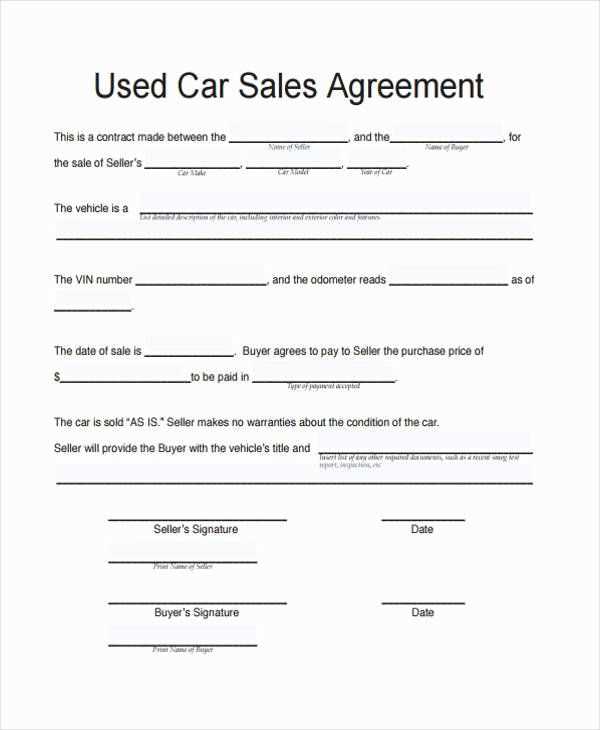
- List any known issues or damages, such as engine problems or bodywork imperfections. Be transparent to avoid future disputes.
- Clarify if the sale includes any warranty or guarantees. If no warranty is offered, make it clear that the car is sold “as-is”.
- Note any repairs or maintenance the vehicle has undergone recently, including records if available.
Both parties should review and acknowledge these conditions in writing. This ensures mutual understanding and reduces the chances of any confusion later.
Providing Signatures for Validation
Ensure both parties sign the receipt to confirm the transaction’s authenticity. Signatures play a critical role in verifying the agreement between the buyer and seller. This step solidifies the commitment to the sale and provides a legally binding record for both parties. Without signatures, disputes may arise, making it harder to validate the exchange if questions about ownership or terms arise later.
Seller’s Signature
The seller’s signature acknowledges that the vehicle has been sold as described and that all relevant details are correct. The seller is confirming that the vehicle is free of any hidden liabilities or obligations at the time of the transaction. This also serves as proof that the seller has relinquished ownership of the vehicle.
Buyer’s Signature
The buyer’s signature indicates their acceptance of the terms outlined in the receipt. It confirms that they are purchasing the vehicle in its current condition, with no claims against the seller for defects not disclosed in the document. By signing, the buyer also accepts responsibility for the vehicle upon transfer of ownership.
| Signature | Role | Purpose |
|---|---|---|
| Seller’s Signature | Seller | Confirms vehicle transfer and accurate details |
| Buyer’s Signature | Buyer | Accepts purchase terms and vehicle condition |
